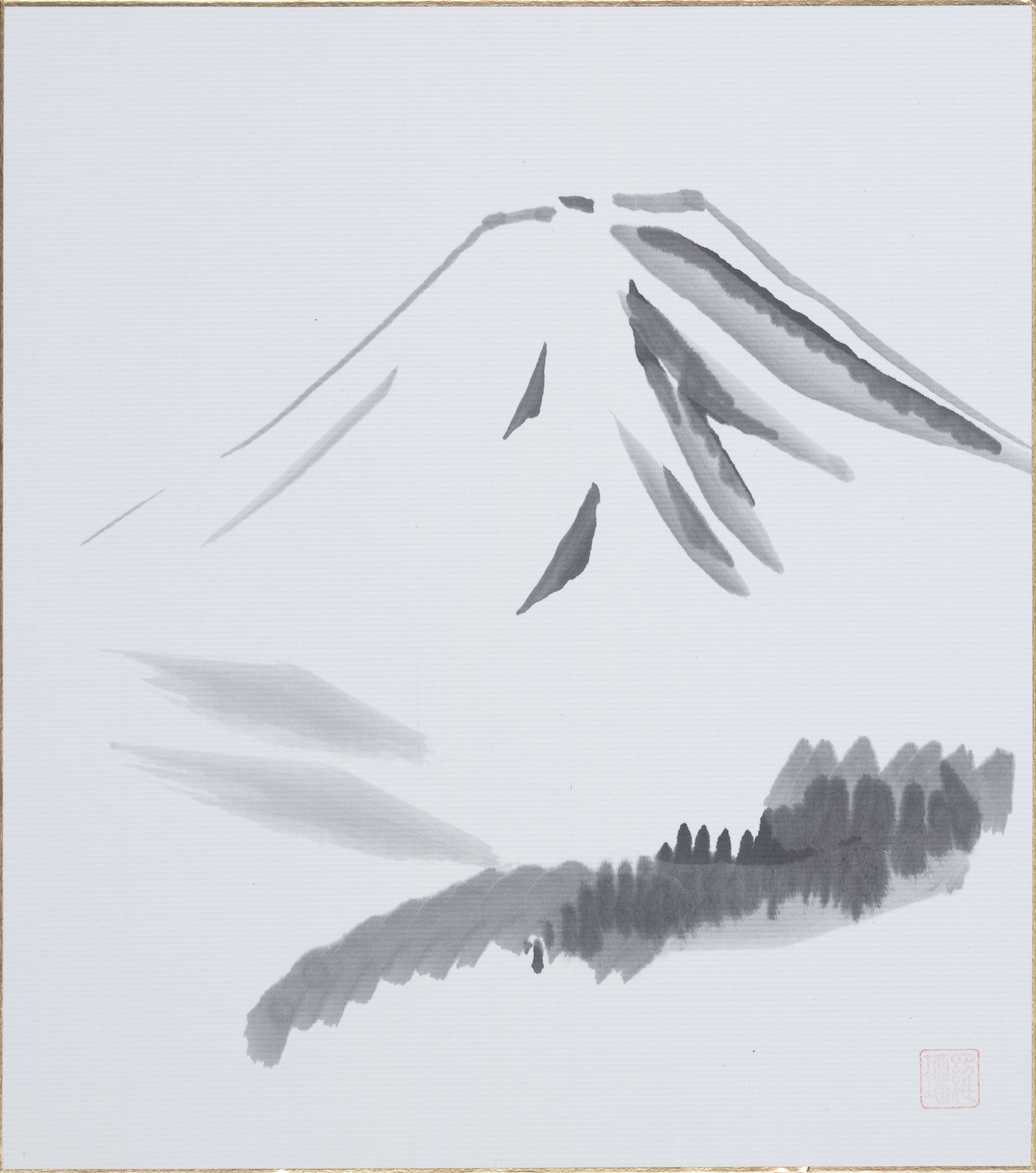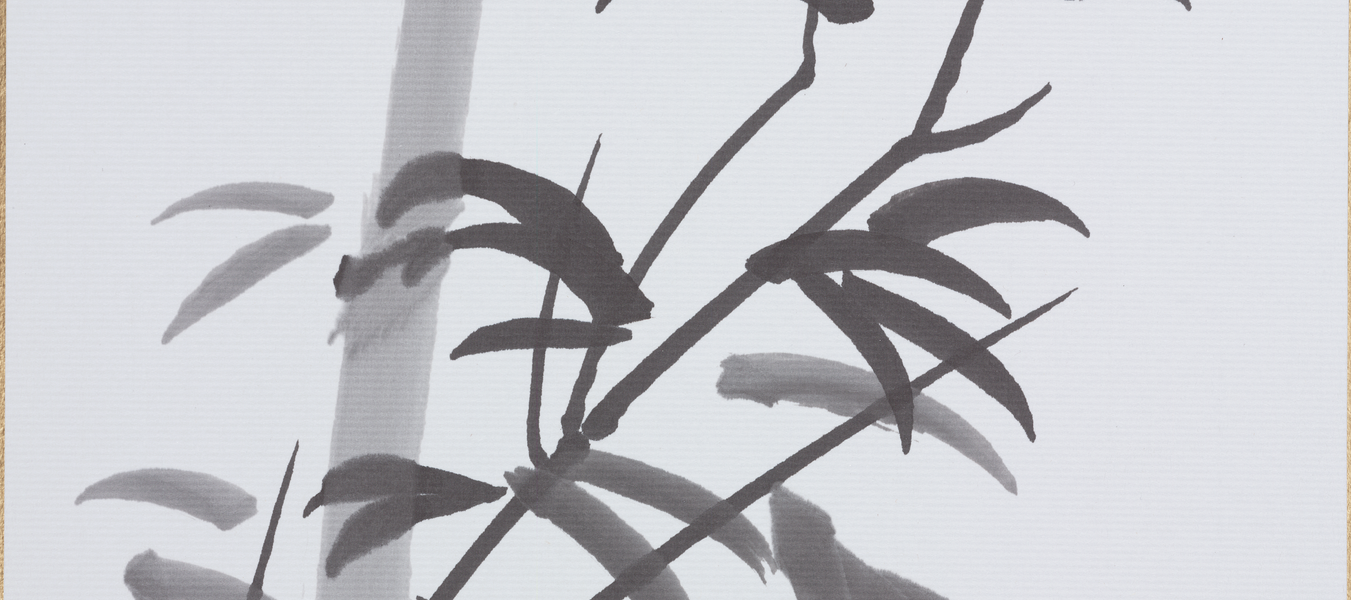The Science Museum always strives to display interesting technological developments, including in robotics. Long before the Robots exhibition opened in 2017 (and then toured the UK), the museum hosted ‘Robotics Japan: Robot Technology’ back in 1991.
Both exhibitions introduced the public to robots of the past, present and future, demonstrating how real robots might improve our lives.
One “future” design from Matsushita Electric Industrial (better known as Panasonic) in the 1991 exhibition was simply named Portrait Drawing Robot. An unimaginative name which failed to convey the machine’s creative ability.
The word ‘creative’ seems inappropriate to describe a machine without independent thought process, let alone imagination.
As the protagonist of the film I, Robot questions Sonny, an intelligent robot, “You are a clever imitation of life… Can a robot write a symphony? Can a robot take a blank canvas and turn it into a masterpiece?” to which Sonny responds, “Can you?”

Panasonic’s artist-robot, unable to respond to questions on its existence, simply drew by processing images of its sitters captured through its camera. It registered the thickness of lines it saw and converted these into instructions for the lines on the paper as coarse, fine, straight or curved brushstrokes.
Unlike a human artist, this robot gradually built the portrait by the order of pressure needed to make different brushstrokes.
Almost thirty years later, the first Artificial Intelligence (AI) painting was sold at auction in Christie’s New York for $432,500. ‘Portrait of Edmond de Belamy’, was an algorithm-generated work that could plausibly have been created by a skilled human hand.
Since the dawn of AI, scientists have been exploring the machine’s ability to generate human-level creative outputs such as poetry, stories, jokes and music. This ability is central to demonstrating that AI algorithms are in fact intelligent.
Several systems have been designed that automatically create visual art but the most common systems are GANs or generative adversarial networks, the medium behind ‘Portrait of Edmond de Belamy’.
These networks are loosely modeled on functions of the human brain, mimicking how we recognise and recreate images and sounds. The algorithms are fed huge data sets of images, from which they learn about certain features and then produce new images that are indistinguishable from the original data source. Even with the same inputs, the algorithm will each time render a different result, reflecting human creativity.
Obviously, the creators of ‘Portrait of Edmond de Belamy’ claim the AI’s ‘algorithms are able to emulate creativity.’
But do we need to think of these as emulation? The technique of absorbing a variety of images, including the work of others, and using that knowledge as inspiration for their own creative is the same process human artists have always used.
What remains largely unknown is how human artists integrate their knowledge of past art with their ability to generate new forms. The AI’s creative process is more literal, but does that make it any less valid as a form of art?

These debates are nothing new. With the introduction of photography in the 19th century, the camera changed the way images were created and how the tools of artistic creation developed.
We can look back on how the arrival of photography impacted the art market and society. Photography automated the reproduction process. It had a great impact on professions like the copyist artist, which almost disappeared.
Crucially, it saw a new generation of creators: artist photographers. You only have to look on Instagram to observe the creativity that increased access to this tool resulted in.
Thinking about AI as the artist of tomorrow may be like asking if the camera is the artist of today. Both are tools that aid the creative potential of humans. With AI, the tool is an algorithmic paintbrush allowing artists to become more efficient.
The intention and inspiration come from the human who designed and used the algorithm, and many believe this is not a collaboration with the AI, in the same way paint or a piano are not collaborators. AI is itself the new medium – one shaped by human intervention.
Looking at Panasonic’s ‘Portrait Drawing Robot’ and examples of more recent AI, portraiture has remained the most popular form of AI artworks.
Portraiture painting has always been heavily influenced by the trends of the period it was created in. So the use of AI in contemporary portraits may be telling of the times we live in now, a time when our lives are lived through technology, pixels on a screen and manipulated by computers.
